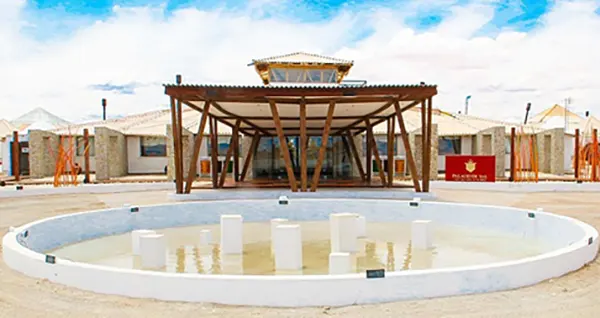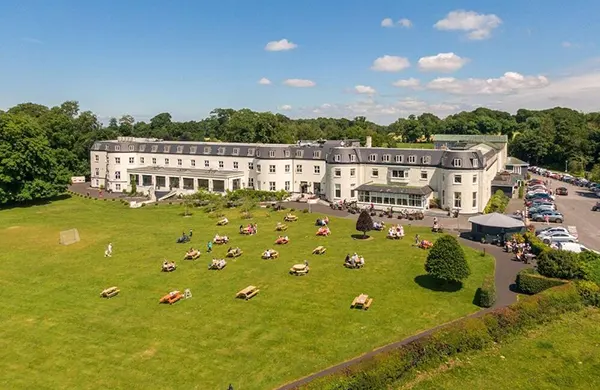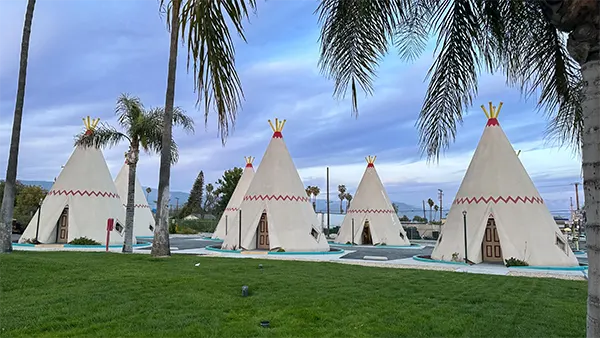
Palacio de Sal in Bolivia: A Remarkable Hotel Built Entirely from Salt
Located on the edge of the world-famous Salar de Uyuni, Palacio de Sal stands as one of the most unique architectural projects in South America. Built almost entirely from compacted salt blocks, it offers travellers a rare opportunity to stay inside a structure shaped by the natural environment. The hotel combines practicality, sustainability, and local craftsmanship, reflecting both the culture of the Uyuni region and the challenges of building in such an extreme landscape.
The History and Construction of Palacio de Sal
The idea of creating a hotel from salt emerged in the 1990s, when tourism around Salar de Uyuni began to grow. Local builders experimented with salt bricks made from the same mineral crust that covers the sprawling salt flats. Their goal was to construct a lodging option that respected the environment and used only materials available on-site.
By 2007, a new and more durable version of the hotel was completed, featuring improved structural methods to ensure durability against seasonal changes, temperature fluctuations, and wind erosion. Each block was shaped by hand, forming walls, ceilings, furniture, and decorative elements.
Today, Palacio de Sal remains one of the most recognisable accommodation options in Bolivia. It continues to be maintained using traditional craftsmanship, with regular repairs carried out using fresh salt blocks to preserve the integrity of the structure.
Salt Architecture in Extreme Environments
Salt as a construction material behaves differently from stone or wood. It provides effective thermal regulation, keeping interiors cooler in the daytime and preserving warmth during cold nights on the Altiplano. This makes salt structures surprisingly functional in a region where temperatures often drop below freezing.
The builders must regularly monitor humidity levels, as prolonged exposure to excessive moisture can weaken block density. Seasonal maintenance is therefore part of the hotel’s routine, ensuring that rooms and communal areas remain safe and comfortable for visitors.
Despite its unusual composition, the building meets modern safety standards. Areas exposed to weather are reinforced, and interior surfaces are kept dry. The hotel’s design demonstrates how traditional materials can be adapted to meet contemporary expectations in sustainable travel.
Accommodation and Guest Facilities
Palacio de Sal offers a range of rooms crafted with salt-based décor, featuring rounded walls, textured surfaces, and furniture carved from salt blocks. Each room is designed to highlight the region’s natural elements without compromising comfort, including heating systems, modern bathrooms, and well-insulated sleeping areas.
The hotel provides panoramic views of Salar de Uyuni, allowing guests to observe the changing colours of the landscape at sunrise and sunset. Public areas, including lounges and recreational zones, continue the theme of salt architecture, giving the entire space a cohesive visual identity.
Dining is centred around local produce, emphasising ingredients sourced from Bolivian farmers and traditional Andean cuisine. Guests often appreciate the blend of regional flavours and the calm atmosphere of the hotel’s remote setting.
Unique Activities for Visitors
The hotel offers guided tours to nearby attractions, including the salt flats, Incahuasi Island, and local communities. Many travellers choose to explore the reflective wet-season effect of Salar de Uyuni, which creates natural mirror-like surfaces.
Inside the hotel, guests can unwind in leisure areas, enjoy crafted installations, or learn more about the geological origins of the world’s largest salt flat. The interior design enables visitors to appreciate how local resources have shaped both culture and hospitality in Uyuni.
Some tours include stargazing programmes, as the remote location and high altitude provide exceptional visibility of the southern hemisphere sky. This combination of natural beauty and salt-based architecture makes Palacio de Sal a memorable part of Bolivia’s tourism landscape.

Sustainability and Environmental Responsibility
Operating in an environment as delicate as Salar de Uyuni requires strict ecological standards. Palacio de Sal uses renewable materials from the surrounding region, reducing the need for transported resources and limiting environmental disruption.
The hotel follows waste-management protocols to protect the salt flat ecosystem. Water usage is closely monitored, and visitors are encouraged to follow guidelines designed to preserve the mineral crust that makes the region so distinctive.
Modern upgrades, including energy-efficient systems and environmentally conscious design, help Palacio de Sal maintain harmony with its surroundings. Its approach demonstrates how tourism and local heritage can coexist through careful planning and respect for natural landscapes.
The Future of Salt-Based Tourism
Interest in sustainable and unconventional architecture has continued to grow, and Palacio de Sal serves as a case study for environmentally adapted construction. Researchers and architects frequently reference the hotel when examining alternative building materials in extreme climates.
Local authorities and conservation groups work together to ensure tourism remains balanced, supporting community livelihoods while protecting the wider ecosystem. The hotel’s ongoing evolution reflects these priorities, with maintenance and development guided by regional environmental standards.
As of 2025, Palacio de Sal remains both an accommodation choice and a cultural landmark. Its success illustrates how traditional methods can shape modern tourism in meaningful and responsible ways.



